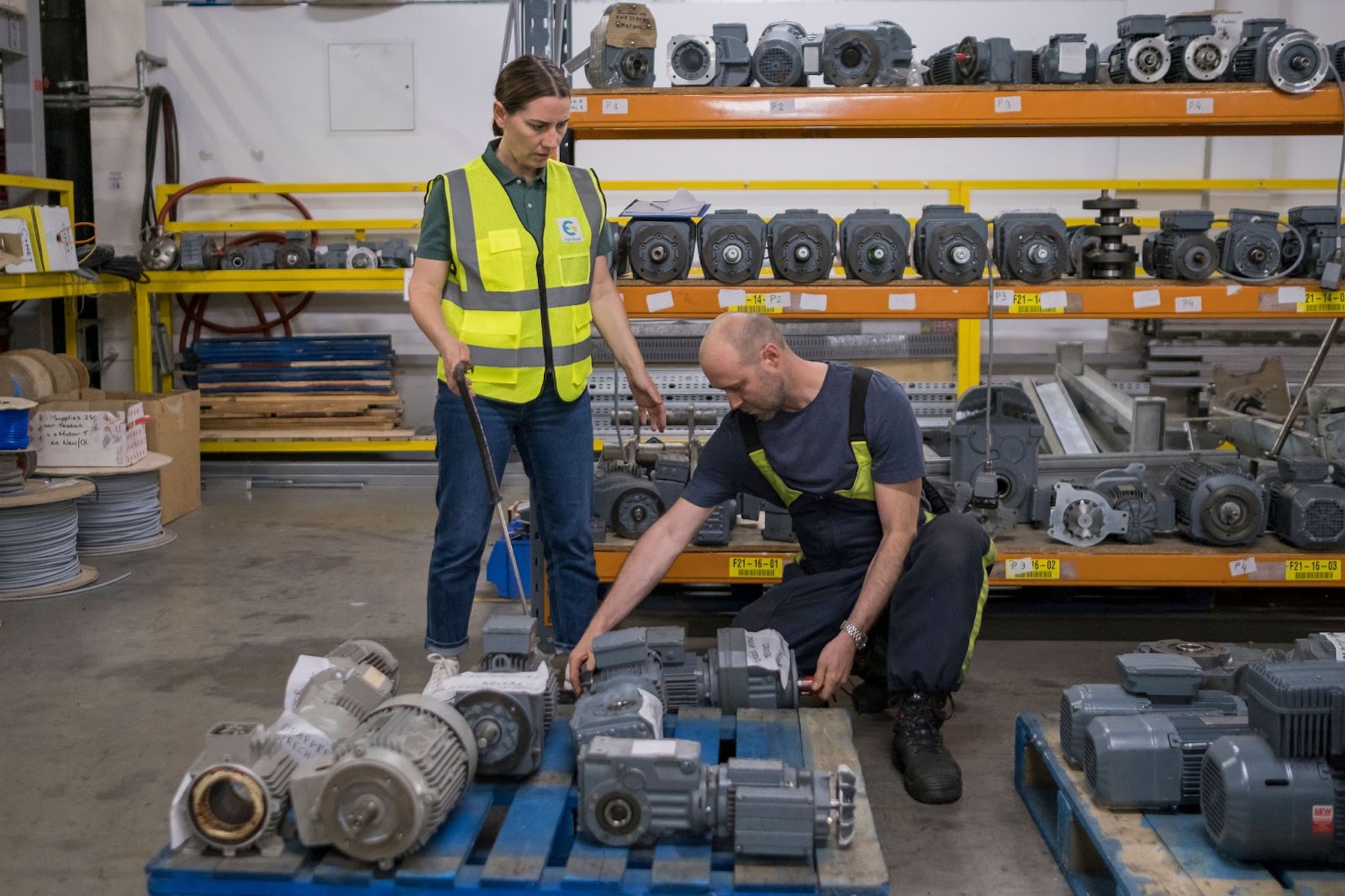For a business to truly thrive, it must be built on a foundation of safety, health, and productivity. Yet, achieving this ideal environment requires proactively tackling potential hazards, especially those leading to debilitating musculoskeletal disorders and other workplace injuries. This is precisely where having a comprehensive process of ergonomics assessment becomes not just beneficial, but vital. By systematically identifying and mitigating these risks, ergonomics assessments are the key to enhancing employee wellbeing and boosting overall operational effectiveness.
Why Your Business Benefits from a Process Ergonomics Assessment
Think of a process ergonomics assessment as a careful look at how well a job matches up with what an employee can physically do. It’s more than just comfy chairs or how screens are set up. It checks out everything – how work flows, the tools used, and the workplace itself – to see what might cause physical problems.
The main idea is to spot potential issues, like awkward ways of working or doing the same thing over and over, before they cause trouble, and then fix them. When the job fits the person, not the other way around, work becomes safer and things get done more smoothly. Spending a bit on these assessments is really an investment in your team and your company’s future. They really help stop injuries like strains and sprains (often called MSDs) that make people miss work.

When you fix what’s causing these injuries, your company saves money on things like medical bills, workers’ comp, and lost work time. Plus, the money saved and the boost in how much good work gets done usually more than covers the cost of the assessment. Also, when people are comfortable and not straining, they can focus better and get more done. Good setups and smarter ways of working mean tasks flow easier and the quality of work goes up.
When your company shows it cares about its staff’s health, it creates a better vibe at work. People feel more valued, engaged, and stick around longer. Looking out for safety like this means fewer sick days and less staff turnover. It also helps your business follow health and safety rules.
The Step-by-Step Process of Ergonomics Assessment
A good process ergonomics assessment usually involves several stages for a complete evaluation.
Step 1: Planning and Preparation
Good planning sets the stage.
First, set the stage with good planning. Pinpoint the target jobs, tasks, or departments you’ll assess, and make sure to prioritise any high-risk areas.
Next, form your assessment team. You might include safety professionals, managers, and employee representatives. Have your team look over existing data, such as injury logs and past reports, to spot any trends.
Finally, select the right assessment tools and checklists for the tasks you’re examining. This ensures you collect data consistently.
Step 2: Data Collection
Once your plan is ready, it’s time to gather information. Go to the work area and directly observe employees as they perform their tasks. Note their postures, movements, the forces they use, and how often they repeat actions.

Make sure to talk with employees. Use interviews or surveys to understand their experiences, any discomfort they feel, and their ideas for improvement as they often are the ones who know the job challenges best.
As you do this, measure and document factors like lifting weights and workstation dimensions. Take photos and notes to support what you find.
Step 3: Risk Factor Identification and Analysis
Now, use the data you’ve collected to identify and analyse any ergonomics hazards. Your goal here is to pinpoint specific risk factors.
Common risk factors include:
- Awkward Postures: Bending, twisting, reaching overhead, kneeling.
- Forceful Exertions: Lifting heavy objects, pushing/pulling, gripping.
- Repetitive Motions: Performing the same motion repeatedly over a short period.
- Static Postures: Holding the same position for extended periods.
- Contact Stress: Pressure from sharp edges on tools or workstations.
- Vibration: Using vibrating tools or equipment.
- Environmental Factors: Extreme temperatures, poor lighting, excessive noise. After identifying these hazards, use the chosen assessment tools to measure the risk levels for each. This helps decide where to focus efforts first.
Step 4: Developing and Implementing Solutions

Once risks are analysed, the next step is to develop and apply solutions. Involve the assessment team and employees in brainstorming practical ideas. Solutions generally fit into several categories:
- Engineering Controls: These involve changing workstations, equipment, or tools (e.g., adjustable desks, lighter tools). These often work best.
- Administrative Controls: These adjust work practices or schedules (e.g., job rotation, rest breaks).
- Work Practice Controls: This includes training employees on proper techniques for lifting, posture, and tool use.
- Personal Protective Equipment (PPE): This means providing items like anti-vibration gloves (used as a last resort when other controls aren’t practical). Look at potential solutions based on how well they might work, their practicality, cost, and how employees might accept them, before putting the chosen improvements into action.
Carefully consider each potential solution. Think about how effective it might be, if it’s practical, what it will cost, and how employees might react to it. Then, you can put the chosen improvements into action.
Step 5: Follow-up and Evaluation

The ergonomics process doesn’t stop after changes are made. After implementing solutions, monitor their effects on injury rates, employee comfort, and productivity.
Keep gathering employee feedback on the changes to see how they are working in the real world. Be ready to adjust solutions based on this follow-up, as ergonomics is about always getting better.
Finally, document the whole process. This will be useful for future reference and shows you’ve been thorough.
Tools and Techniques for Ergonomics Assessments
Different tools and techniques can help make process ergonomics assessments more orderly and useful for finding and measuring risks. Commonly used tools include:
- Ergonomics Assessment Checklists: (e.g., WISHA Caution Zone Checklist) for structured hazard identification.
- Observational Assessment Tools:
- RULA (Rapid Upper Limb Assessment): For neck, trunk, and upper limb risks.
- REBA (Rapid Entire Body Assessment): For whole-body postural MSD risks.
- QEC (Quick Exposure Checklist): For back and upper limb risk exposure.
- Lifting Assessment Tools:
- NIOSH Lifting Equation: Calculates recommended weight limits for lifting.
- Snook Tables (Liberty Mutual MMH Tables): Offer design goals for material handling tasks.
- Employee Surveys and Interviews: Very helpful for capturing personal experiences with discomfort and effort.
- Video Analysis: Allows detailed review of movements and postures.
Ready to Improve Your Workplace? Ergo Global Can Help.
Taking steps to make your workplace safer and more comfortable is smart. If you’re ready to put these ergonomics ideas into action, the team at Ergo Global can help.
Ergo Global provides expert ergonomics assessments designed for your unique needs, covering offices, industrial sites, and even home office setups. We look at your whole setup to find sensible, cost-effective ways to improve things and work with you to build a healthier, more productive workplace and a strong safety-first attitude.



